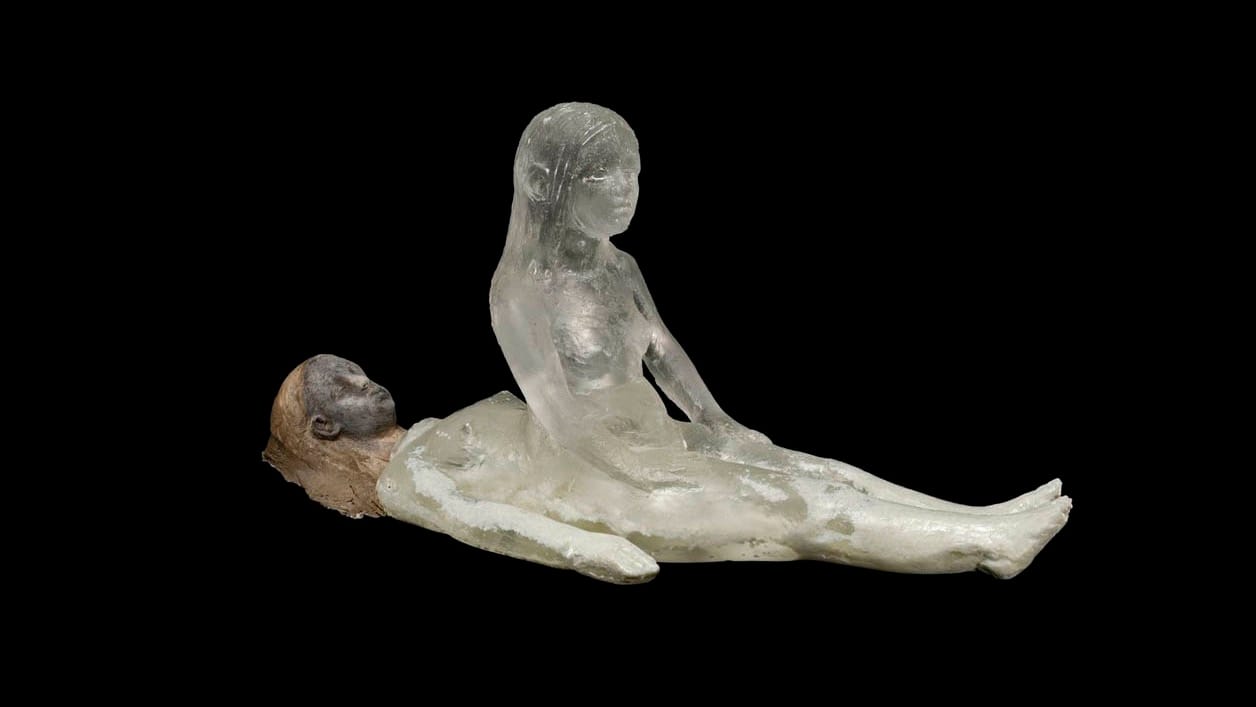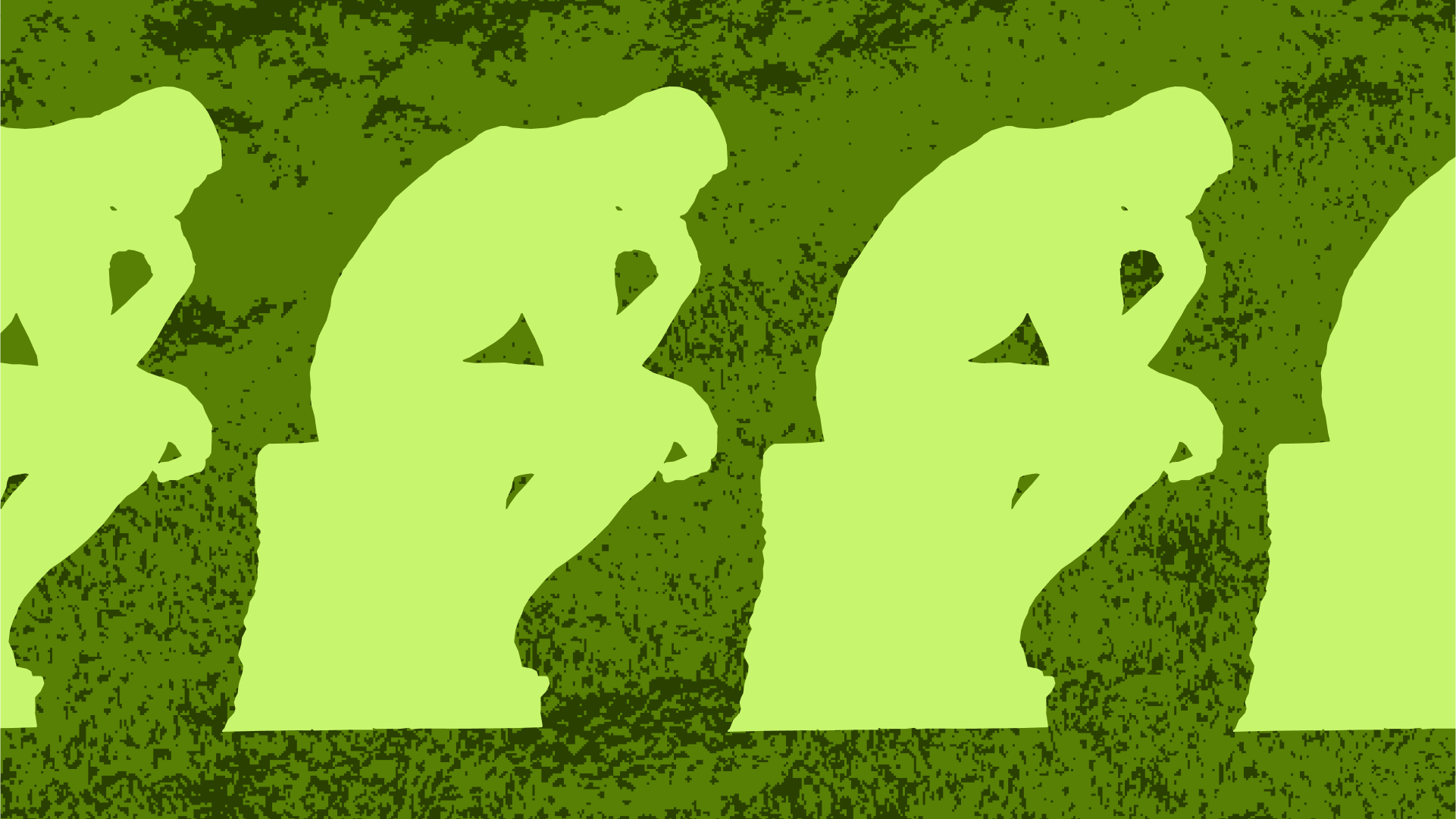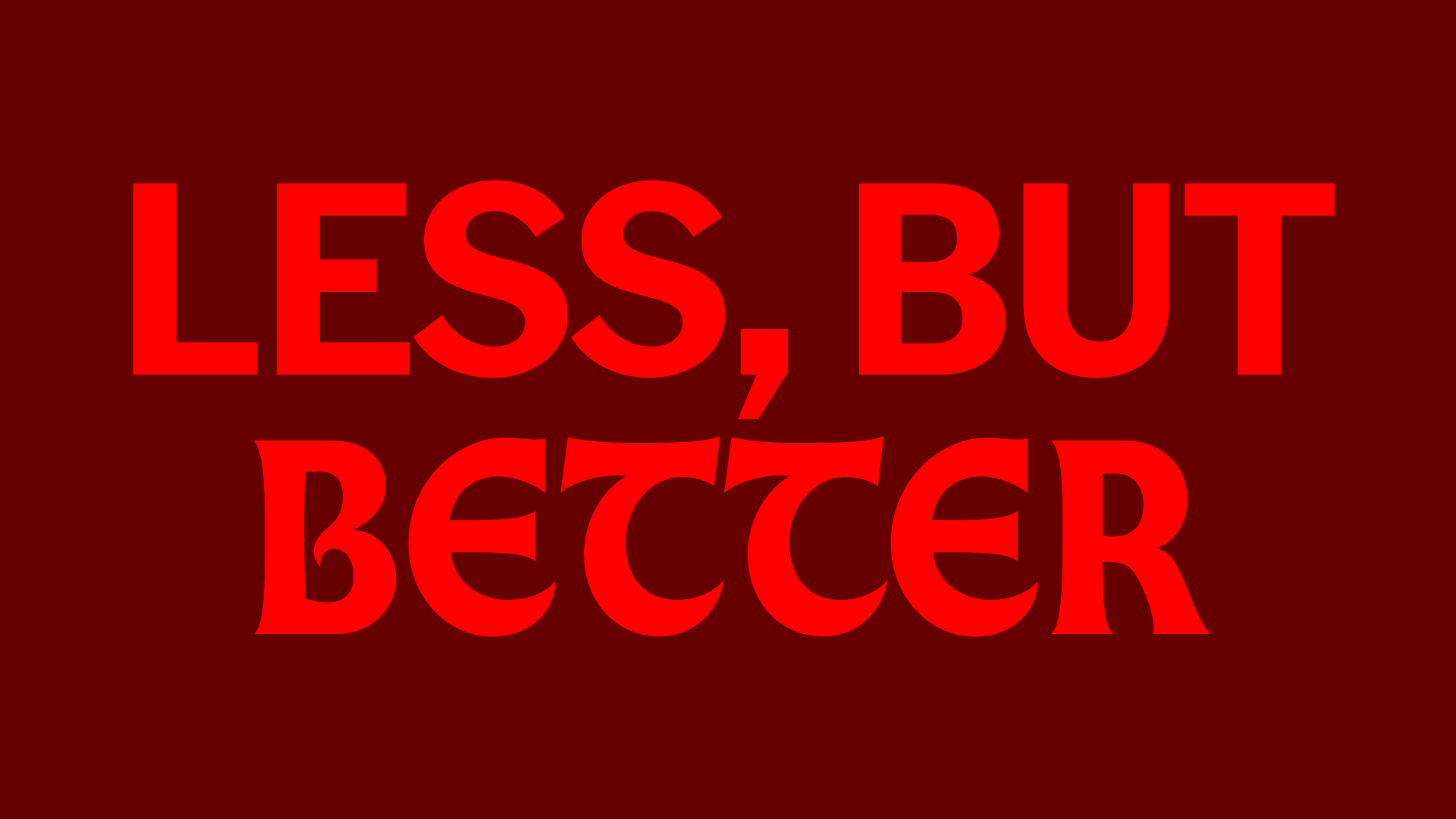Sustainable action is superficial
We often understand ‘sustainability’ as a verb rather than a noun. Could this be a reason sustainability is so easily appropriated?

A couple of weeks ago, I was watching a free course from the University of Amsterdam about post-growth economics, and the professor, Melanie Rieback, mentioned the current structure of how startups and VC investment work.
What struck me most was the “2 & 20” model, a fee structure that compels startups to become unicorns—companies valued at $1B or more. Not because they necessarily want to but because they need to pay the bills (i.e., VC debt). And they often pay the bills by getting more funding from other investors (i.e., more VC debt). Higher valuations make dollar signs pop up in investors’ eyes because they signal bigger returns; for the startups, this cash injection also means they can quickly grow and monopolize the market.
We know startups often make us, their users, the “product” through data extraction, but those who work in them also become products for their investors, morphing the tech sector into an economic version of The Human Centipede.
The chaser to that shot is that according to Melanie, climate tech VCs—or “impact investors,” as they’re often called—use that same “2 & 20” model. While these investors and the startups they fund say they want to build a better world that’s less wasteful and more equitable, the borrowers’ overgrown debts and the lenders’ outsized returns say otherwise.
Somehow, the unsustainable model of endless growth has appropriated the end goal of sustainability. It wouldn’t be the first thing capitalism has co-opted, and certainly not the last. But how does this continue to happen so easily?
The annexable grammar of sustainability
One hunch is that we often understand ‘sustainability’ as a verb rather than a noun. Focused more on the means rather than the end, it usually describes what we do rather than who we are. This small state change has an outsized impact because it’s much easier to parrot actions than to develop or maintain an identity.
Many ride bikes, but few are bikers. Reducing our meat consumption doesn’t make us vegetarians. Although we buy secondhand, we may not be thrifty.
While actions are necessary because they create visibility, they evaporate when we stop. On the other hand, identity connects us with long-term emotions, goals, values, and lifestyles; it’s the atmosphere that holds in what we find essential, which carries us in weak moments when we may not want to follow through with our actions.
On a personal scale, a lack of identity isolates our actions from one another, turning them into random phenomena rather than a series of conscious choices. On a social scale, this absence stops us from growing a stronger sustainability movement that raises awareness, deciphers between true and false, and holds the feet of corporations, clients, and bosses to the fire.
Without the social pressure to demonstrate these connections or prove their credibility, greenwashing companies can quickly appropriate what we do, turn them into marketing opportunities, and sell them back to us. Once-revolutionary actions become the next TikTok meme and the purpose of Earth Day morphs from climate activism to selling merchandise.
Is there a way to stop this degeneration?

A system’s purpose is how it behaves
I don’t think the appropriation problem is a question of ‘how to do sustainability right’ within capitalism. Understanding it simply as people looking to get a leg up would be naive: it’s an integral part of the system that makes viable growth that would otherwise be unviable.
For example, the transition from feudalism to capitalism wasn’t as natural as you might think: it was a centuries-long fight that the working class resisted at every step, often involving revolts and organized solidarity. In Caliban and the Witch, Silvia Federici notes that
…capitalism was not the product of an evolutionary development bringing forth economic forces that were maturing in the womb of the old order. Capitalism was the response of the feudal lords, the patrician merchants, the bishops and popes, to a centuries-long social conflict that, in the end, shook their power, and truly gave ‘all the world a big jolt.’ Capitalism was the counter-revolution that destroyed the possibilities that had emerged from the anti-feudal struggle ...
Capitalism and its benefactors survived this revolution by severing meaningful connections and appropriating what they considered ‘surplus’—the land from the commoners, people’s profit from their labor, and women’s bodies from their autonomy. This was done by force, not by convincing people of the benefits of a new system. Put another way, capitalism separated people’s identity from their actions and the individual from the collective.
I would argue that present-day sustainability (and myriad other) movements are so easily co-opted, at least in part, because of this same divide-and-conquer tactic. Maybe a more accurate way to describe current sustainability is what I do not who we are.
How can capitalism be sustainable when it’s a system fundamentally built on exploitation and separation? How can consumerism ever be “conscious”? As long as we design and market for ever-increasing growth, there is no such thing as sustainability—it doesn’t matter how organic your cotton is or how many times your plastic bottle has been recycled. As I mentioned in my first newsletter, “green growth,” the idea that we can technologize our way out of climate change, is scientifically impossible. It’s a rhetorical device as empty as “carbon footprint” and “recycling.”
But this doesn’t mean that markets, buyers and sellers, and money can’t commingle with sustainability; these things existed before capitalism and will exist after it, too. We just need to distribute the surplus differently.
Stronger Together
So, how do we claw back sustainability’s soul?
It seems growingly evident that we need to reverse the flow—from atomization toward integration—in two (unsurprising) areas: actions and identity. If capitalists and the capitalist system as a whole appropriate sustainability by pushing these areas towards individualism, designers need to build structures and spaces that pull them toward collectivism.
On a design-action level, this means getting involved earlier in the process, partnering with sustainability-focused business strategists, and helping companies redefine their business model in addition to their brand and how they market it. Holistically changing the structure of companies, not just the brand values that communicate that structure, will help us build alternatives to the neoliberal business models that infect sustainability.
On the social end of the process, we must design incentives for IRL interaction. While the internet does present us with a wide net of social relations, at a certain point, it becomes a handicap to meaningful community building.
On a design-identity level, we have to change our relationship with labor. The action of designing makes you a worker, not just a designer. Too often, we forget this in our efforts to differentiate ourselves and pack into the elevator of social mobility.
Designers need to be reminded that collectivity doesn’t negate individualism. In fact, the security afforded by collectivity allows you more freedom individually—that’s the whole idea behind systems like social security and universal basic income. Changing that relationship means increasing awareness of labor rights, leveraging worker ownership models whenever possible, and, crucially, making unions fashionable.
To loop back to the title of this issue, “Sustainable action is superficial,” I should reframe that by saying sustainable action alone is superficial. But it’s equally true that a sustainable identity alone, not tied to actions, is superficial. Integrated, these accomplish a lot; atomized, they’re easily co-opted, and the sustainability movement stagnates.
We must develop a collective sustainability identity that holds us together while taking actions that move us forward, along with the people around us.
That's all for this week! Thanks for reading.
To help these ideas spread, please consider sharing a link to this issue or the entire newsletter with your friends or on social media.





Discussion